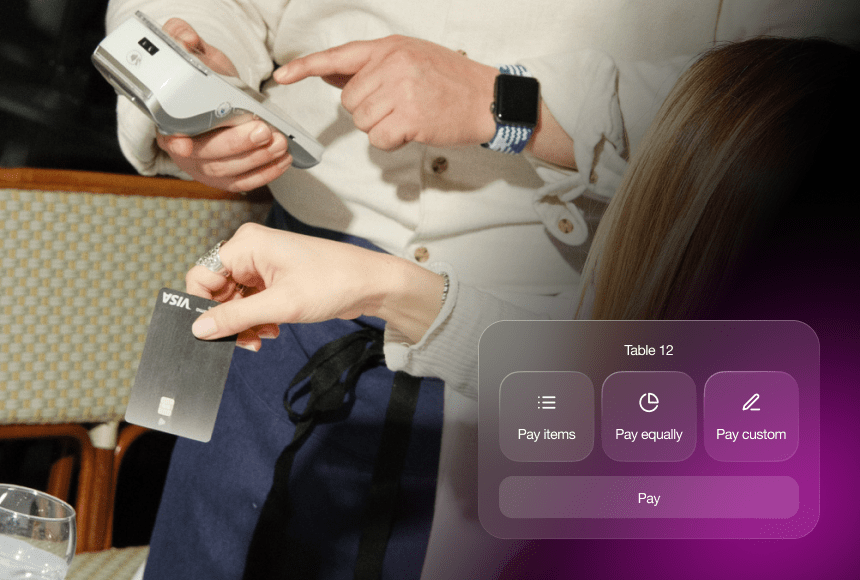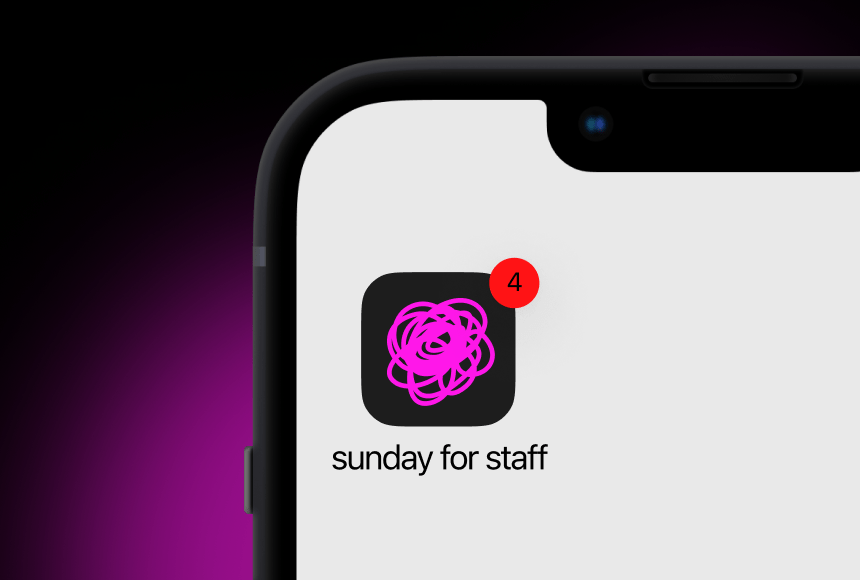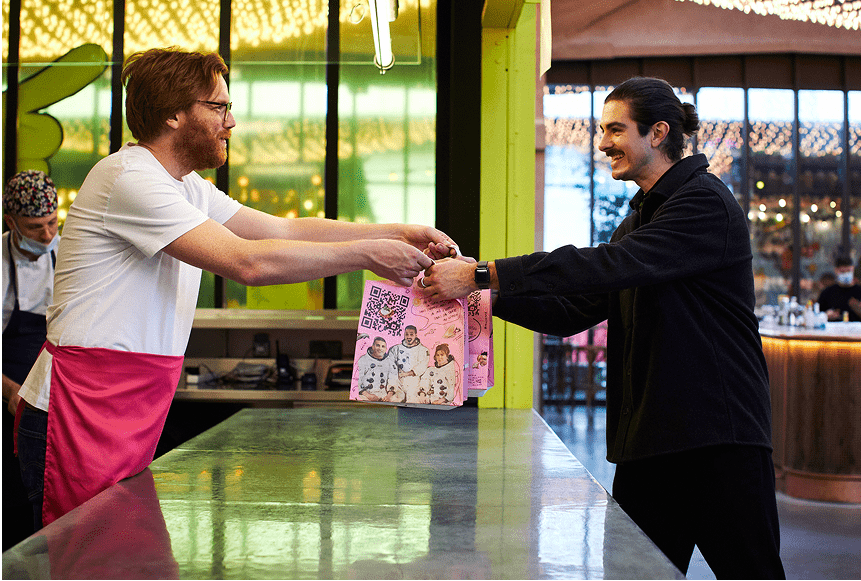
How to Sidestep the Biggest Blunders with Order & Pay Solutions
Why Order & Pay Tech Deserves Your Attention
Imagine you’re running a cosy restaurant in Manchester on a busy Friday night: the tables are full, the staff is bustling, and diners are happily chatting away after a long week’s work. Now picture how smoothly the service could flow if your customers could view the menu, place their orders, pay directly from their phones, and even leave a tip without leaving their seats. This is the promise behind order & pay technology.
This tech—often accessed by scanning a quick-response (QR) code—streamlines a restaurant’s entire ordering and payment process. It shortens waiting times, allows staff to focus on hospitality, and offers customers a modern, convenient experience. What could go wrong, right? In practice, rolling out order & pay solutions comes with its fair share of pitfalls. Many establishments have made fundamental mistakes in the process and ended up frustrating customers or overwhelming employees. Below, we’ll dive into the most common errors and show you how to avoid them.
Overlooking the Human Element
When a restaurant invests in technology, it’s easy to get swept up in the exciting possibilities—tracking orders in real time, generating engaging digital menus, and gathering data-based insights. However, restaurants are first and foremost about people: your guests and your staff. If you’re not factoring them into every step, you risk alienating the very people keeping your doors open.
Not Preparing Your Staff Properly
Your front-of-house team is the face of your restaurant. They should know the ins and outs of your order & pay platform with the same familiarity they show when describing your most popular dishes. One of the top oversights in rolling out new tech is a lack of training: staff panic when something goes wrong or become annoyed when customers ask basic questions they’re not sure how to answer.
Recognising this stumbling block, Carole, who manages a bustling gastropub in London, notes, “We made sure that for the first two weeks, we had hands-on demonstrations before each shift to walk our servers through the platform.” Her investment paid off: staff members grew comfortable navigating the digital system, and Carole noticed fewer order errors and quicker table turnover.
- Organise group training sessions as early as possible.
- Give your servers cheat sheets: short, direct guidelines that help them troubleshoot issues quickly.
- Encourage staff to experience the solution from a customer’s perspective so they can relate to guest queries.
Forgetting About the “Team” in “Technology”
Yes, the tech is designed to automate some tasks, but your employees should never feel replaced. The goal is to free staff from repetitive chores—like constantly running back and forth to the payment terminal—so they can devote more time to genuine customer service. Show your team how this solution benefits them:
- Fewer manual errors in order-taking
- Less time spent banging numbers into a card reader
- Higher tips from smoother, more efficient service
Involve your staff early, gather their feedback, and let them know you value their opinions. A team that feels empowered and informed is far more likely to adapt swiftly (and encourage customers to follow suit).
Choosing a System That’s Too Complex
Let’s compare your order & pay system to the perfect dessert menu: it should be straightforward, quick to navigate, and appealing at first glance. If the digital interface requires multiple steps to place a single order, or if your customers are constantly being redirected to external pages, you risk losing their goodwill—especially if they’re already hungry or in a hurry.
In a recent industry update, restaurant tech analysts emphasised that diners have a low tolerance for fiddly apps or websites. If the interface takes longer than a minute to understand, they might abandon it altogether, or worse, leave a frustrated review.
- Look for a solution that aligns with your demographic and menu style.
- Make sure the design is intuitive, with clear calls to action (“Order Drinks,” “Order Starters,” and so on).
- Let customers pay or tip without tedious extra steps—no new account sign-ups needed.
Simplify, simplify, and then simplify some more. If a diner with minimal tech experience can navigate the system, you’re in the sweet spot.
Neglecting Customer Preferences and Feedback
Rolling out order & pay tech is not just about boosting efficiency; it’s about improving the overall dining experience. Mistakes happen when businesses fail to collect and act on customer feedback, which can lead to repeated glitches, unanswered complaints, or negative online reviews.
Before you roll out, consider a soft launch: invite loyal customers, friends, or family to test the system and give honest feedback. Did it handle special requests smoothly? Was it easy to split bills or leave a tip? Did the interface freeze at any point?
Once you launch publicly, be quick to monitor feedback. According to one survey, around 70% of customers who have issues with a restaurant’s ordering process simply don’t return. By contrast, quick responses that address concerns can lead to loyalty and positive word-of-mouth. Keep an eye on your social media channels, email inquiries, and in-person comments to see what’s working and what’s not.
Forgetting to Promote and Educate
A major pitfall in adopting new technology is under-communicating its existence and benefits. Let’s face it: not all diners are spontaneous adopters of digital solutions. Some might even be a bit hesitant. If you take a passive “we have tech, you figure it out” approach, you’re risking confusion and missed revenue opportunities.
What does proper promotion and education look like?
- Clear signage and instructions: Display easy-to-spot posters or table cards explaining how to scan the QR code and walk diners through the ordering process.
- Staff-led encouragement: Train your staff to politely suggest the new system. For tech-shy customers, they can guide them on the first scan until they feel comfortable.
- Social media teasers: Drum up excitement before launch day by taking screenshots or short videos of how easy it is to place an order or pay.
In other words, don’t expect the system to sell itself. A little human touch—like introducing the platform with warmth and enthusiasm—goes a long way.
Ignoring the Tip Factor
In the UK, tipping culture varies widely, but many customers do appreciate the convenience of adding a tip at the end of the transaction. In some digital solutions, the tip prompt might get tucked away or overshadowed by flashy payment screens, so diners might not even notice it (and you miss out on those extra earnings shared among staff).
A smart approach is to make tipping a friendly, optional step. When the checkout page appears, offering suggested tip percentages—like 10%, 12.5%, or 15%—can be an effective strategy. However, avoid making it feel forced or essential. A subtle reminder, maybe with a short friendly note (“If you enjoyed your meal and service, feel free to leave a tip!”), usually strikes the best tone for British guests.
Underestimating Your Google Review Strategy
In a world where diners increasingly turn to Google for restaurant recommendations, harnessing quick-access tech for feedback is brilliant. Properly integrated order & pay solutions can prompt customers to leave a review post-payment, while their experience is still fresh and positive. This prompt can help build your ratings over time.
Yet, a Google review prompt is useless if your staff never mentions it or if it’s tricky to find within the payment flow. Consider adding a short message: “Loved your meal? Please share your experience on Google!” Mark, the owner of a small tapas bar in Leeds, notes: “We saw an increase in 4- and 5-star reviews almost immediately after we included an automated review prompt at the checkout page. It helped us jump up the local search rankings and brought in new customers.”
Some tips:
- Ensure the review pop-up or link isn’t hidden behind several screens.
- Use gentle wording that nudges customers without pressuring them.
- Pay attention to any negative reviews—respond promptly and courteously. Show that your restaurant cares and is eager to improve.
Going Live Without Proper Testing
Picture this scenario: it’s Saturday evening, your busiest night, and you decide to launch your new order & pay solution right in the heat of it all. Within minutes, half the diners are experiencing loading problems. Your server tries to calm them but is flustered by the new device. Suddenly, you’re swamped with more complaints than you have tickets for an entire week.
Launch day can make or break guests’ perception of your restaurant’s new technology. Avoid public experiments by testing thoroughly during quieter hours or on a slower day of the week. If possible, do an “in-house” test: invite friends, family, or regular customers to come in outside of peak hours, and note every glitch, confusion point, and button that doesn’t work exactly as expected.
Remember that Wi-Fi connections can be notoriously patchy in certain building layouts or urban dead zones. If your order & pay tech relies on stable internet for both you and your guests, ensure you have a reliable network in place (or a backup plan in case the ISP decides to vanish mid-service).
Failing to Keep Data Secure
On top of providing a delightful dining experience, you also have a responsibility to shield data from potential breaches. In an era when digital fraud is becoming ever more sophisticated, data security isn’t a bonus feature—it’s mandatory. If a buyer senses that your system might not be secure, they’ll hesitate to use it, or they’ll jump ship entirely.
Robust encryption, reliable payment gateways, and compliance with relevant regulations should top your priority list when selecting an order & pay platform. You don’t have to be a tech wizard to ask the right questions: does the system use secure sockets layer (SSL) encryption? Is it compliant with the Payment Card Industry Data Security Standard (PCI DSS)?
Whenever in doubt, don’t hesitate to request official documentation or certification from the tech provider. According to some cyber security consultants, being clear and upfront about data protection fosters trust and minimises liability risks for your restaurant.
Not Leveraging the Time You Gain
A well-implemented order & pay solution should technically save your staff time by eliminating many of the manual tasks that slow them down—think re-keying orders or constantly running back with payment terminals. However, one error that restaurant owners make is failing to capitalise on that extra time.
Try to see this newly freed-up bandwidth as an opportunity to:
- Have your staff spend more time chatting with guests, suggesting specials, and upselling drinks or desserts.
- Focus on creative menu innovation or daily specials.
- Run experiments with your layout or décor to enhance the atmosphere.
The whole point of streamlining is to let you and your team do what humans do best—provide warmth, personality, and a memorable experience.
Forgetting Continuous Improvement
Once you flip that switch and the new system goes live, it’s not the end of the story. Technology evolves quickly, and so do consumer habits. If you never update, patch, or refine your solution, you’ll slip behind the competition that’s constantly improving its digital processes.
Continuous improvement starts with routine checks:
- Ask for staff input on issues they’ve noticed throughout the week.
- Review analytics on average order time, cancelled orders, and feedback from the Google reviews prompt.
- Stay open to new features—like loyalty programmes or special promotions—that could integrate seamlessly with the existing system.
Don’t be afraid to adapt. If something isn’t working—like a complicated step in the checkout process—schedule an update to remove that friction. In the same way you might change up your menu to keep things fresh, treat your order & pay platform as a dynamic part of your business strategy.
Bringing It All Together
Rolling out order & pay tech is like crafting a signature dish—it’s a blend of quality ingredients (robust software, good Wi-Fi, staff training), precise timing (soft launches, continuous updates), and personal taste (how you design your interface, integrate tipping, and collect feedback). When it’s done right, it can elevate your restaurant’s service, improve table turnover, and even add new revenue streams. But ignore the potential pitfalls—like failing to engage your staff, skipping training, or launching without thorough testing—and you could end up with disgruntled diners and damage to your reputation.
One of the greatest misconceptions is that technology alone solves problems. In reality, technology is a tool—an exceptionally powerful one, but still only as good as the people who deploy it and the ways it’s woven into daily operations. As a restaurant owner or manager, you know the importance of combining flavour, atmosphere, and presentation. The same principle applies here: combine a user-friendly platform with a well-prepared team, and garnish it all with excellent customer service.
At the end of the day, an ideal order & pay system should be user-friendly enough for your least tech-savvy customers, cost-effective for your bottom line, and easy enough that your staff might declare, “We can’t imagine going back!” From highlighting digital tipping to prompting encouraging Google reviews, each element should fit together to enhance your overall dining experience.
Innovations like QR code ordering can also open up other creative possibilities—personalised offers, exclusive deals, or seasonal events that boost engagement. And while technological upgrades might sound daunting at first, remember that solutions like sunday are created specifically for hospitality businesses, giving you customisable, straightforward tools to keep your restaurant humming.
Think carefully about how best to introduce these new processes. Train your team like you’d perfect a recipe, aim for clarity in your customer interactions, and be ready to adapt on the go. In doing so, you’ll not only avoid the common mistakes restaurant owners make when rolling out order & pay tech, but you’ll set the stage for an even more satisfying, seamless dining experience—both for your guests and for the staff who serve them.
Find out more today
Drop us your details below and we’ll reach out within the next 24
All your orders – in and out.
Our mobile ordering solution allows your customers to order and pay whenever they are ready with an integrated QR code.




